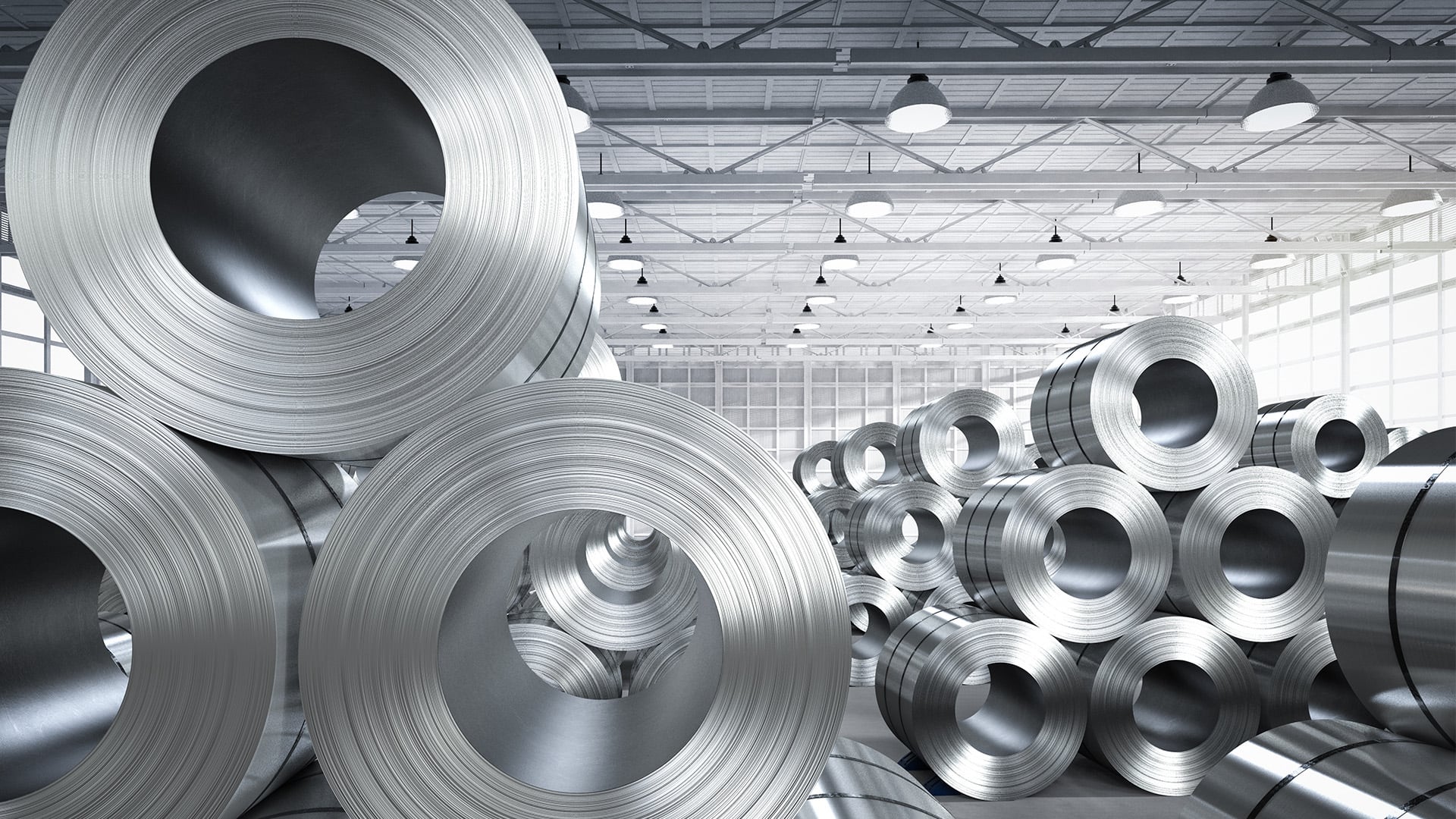Why Use Stainless Steel Seamless Pipe?

Seamless stainless steel pipes are a preferred type of pipe for many industrial applications, and there are several reasons for this:

Seamless stainless steel pipes are a preferred type of pipe for many industrial applications, and there are several reasons for this:
1. Corrosion Resistance: Stainless steel contains a higher chromium content than regular steel, making it more durable. Seamless stainless steel pipes prevent corrosion, making them suitable for pipeline applications exposed to various conditions, especially in environments with corrosion risks such as water, chemicals, or seawater.
2. Excellent Mechanical Properties: Stainless steel possesses excellent strength, durability, and tensile strength. This allows the pipes to be used under high pressures or at high temperatures.
3. Seamless Design: Seamless pipes require less processing compared to welded pipes, allowing for higher tolerances. Seamless pipes have a smoother inner surface and a more homogeneous structure.
4. Leak Resistance: Seamless pipes have an advantage in terms of leak resistance due to the absence of welding points. This reduces the risk of leaks in pipelines carrying liquids or gases.
5. Aesthetics and Hygiene: Seamless stainless steel pipes are easy to clean and maintain, making them suitable for use in hygienic environments such as the food industry, pharmaceuticals, and hospitals. Additionally, stainless steel has an aesthetic appearance, making it a preferred choice in some structural applications.
6. Longevity: Seamless stainless steel pipes have a long service life and are an economical option for long-term investments.
However, the production of seamless pipes can be more expensive and challenging for large-diameter pipelines. Therefore, the choice between seamless and welded pipes depends on the project's requirements and budget.